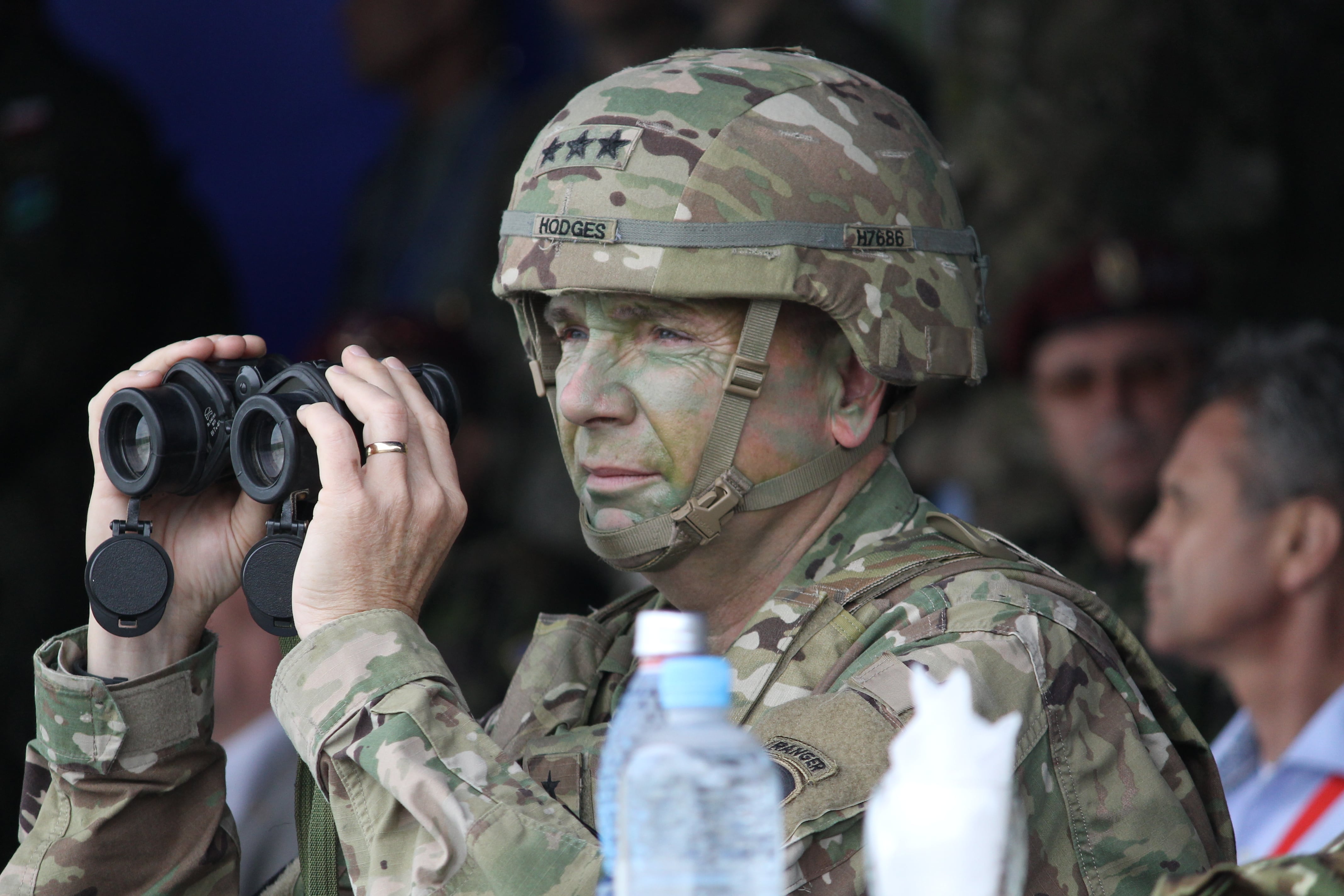COLOGNE, Germany — The European Union wants to quicken the pace of moving military equipment across countries on the continent to prepare for future crises, according to a planning document unveiled Wednesday.
The project is billed as a key prerequisite for an ambitious project to build European defense capabilities outside of NATO, though still in support of alliance objectives. The “Action Plan on Military Mobility” comes after years of deteriorating relations with Russia, though no mention is made of the eastern neighbor in the March 28 communication to the European Parliament and the European Council.
While EU member states have fused many of the policies governing citizens’ daily lives, there are still bureaucratic hurdles toward the free flow of military equipment from Portugal to the Baltics and anywhere in between.
A pilot exercise initiated by Estonia last year demonstrated the viability of beginning larger-scale planning for a Europe-wide transportation network capable of handling heavy equipment like tanks, the document states. That drill examined the ability for countries along a North Sea-Baltic corridor to pass equipment from one end to the other.
The exercise uncovered height and weight restrictions on some bridges and put a spotlight on the lack of heavy-loading equipment used for oversized military materiel traveling by rail.

The new planning directive builds heavily on the idea of advancing dual-use scenarios, or tweaking transportation infrastructure meant for civilian purposes to also work for shipping military gear. By next year, European Commission officials will study what specific logistics projects are needed to enable greater mobility of military goods.
RELATED

The planning document “invites” EU member states to “consistently take military requirements into account when building transport infrastructure.”
Besides infrastructure, the document also targets greater cooperation in the fields of shipping dangerous goods, customs and taxes, and cross-border movement permissions.
For many Germans, the new approach to moving military gear more efficiently is reminiscent of Cold War-era scenarios of NATO and Soviet tank formations facing off on the battlefield of Germany. At the time, officials built an entire nomenclature of signs, some of which are still standing, that told tank commanders what bridges and roads would hold their vehicles’ weight, for example.
Sebastian Sprenger is associate editor for Europe at Defense News, reporting on the state of the defense market in the region, and on U.S.-Europe cooperation and multi-national investments in defense and global security. Previously he served as managing editor for Defense News. He is based in Cologne, Germany.







